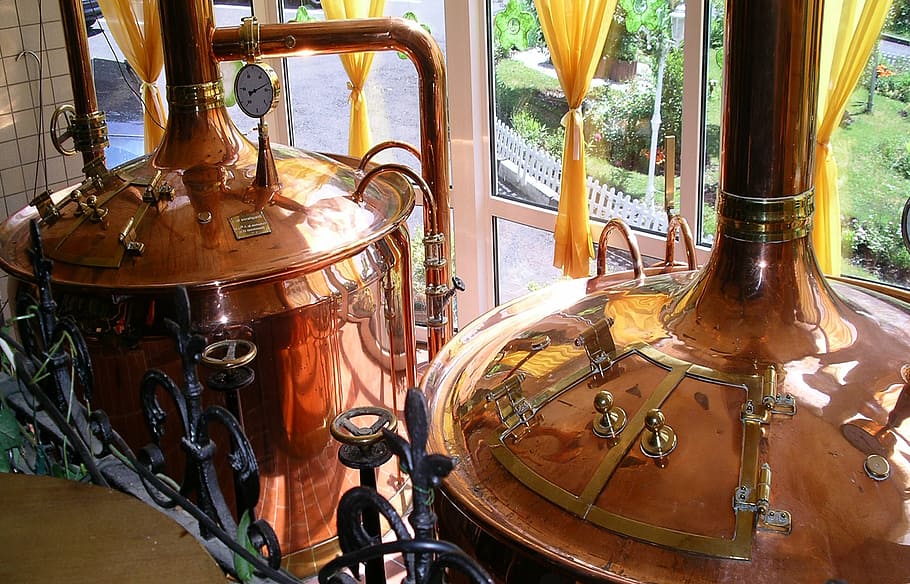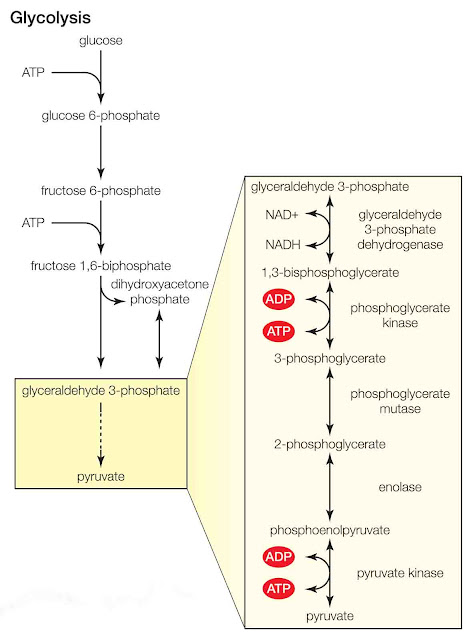What is fermentation? Fermentation refers to a metabolic process in which organic molecules like glucose are broken down and converted to acid, gases, or alcohol anaerobically, which creates a desirable change in food and beverages. French chemist and microbiologist Louis...
What is fermentation?
Fermentation refers to a metabolic process in which organic molecules like glucose are broken down and converted to acid, gases, or alcohol anaerobically, which creates a desirable change in food and beverages. French chemist and microbiologist Louis Pasteur in the 19th century used the term Fermentation to describe the change by yeast, which transformed glucose into ethanol. Fermentation produces lactic acid, which is sour in taste.
How does fermentation work?
In the absence of air, extracts of muscle catalyze the formation of alcohol or lactate from glucose and this intermediate compound is responsible for the fermentation process.
Glycolysis - a metabolic pathway that decomposes glucose into two molecules of the three-carbon organic acid, pyruvic acid (the nonionized form of pyruvate), and the transfer of chemical energy for the synthesis of ATP (Adenosine Triphosphate).
When oxygen is available, pyruvic acid enters a series of chemical reactions (known as the tricarboxylic acid cycle) and proceeds to the respiratory chain. As a result, ATP produced. But in the absence of oxygen, pyruvic acid can follow two pathways, depending on the type of cell. Either it can be converted into ethanol (alcohol) and carbon dioxide through the alcoholic fermentation pathway, or it can be converted into lactate through the lactic acid fermentation pathway.
The alcohol fermentation is a fermentation process, where yeast, a form of fungus from the skins of fruits and
During the fermentation process, microbes break down sugars and carbohydrates into alcohols and acids.
Fermentation can have several stages depending on what is being fermented.
In Primary fermentation, microbes rapidly work on initial raw materials such as vegetables, fruits, or dairy, etc. It is a short phase where yeast and other microbes convert carbohydrates into other substances like alcohol and acids.
Secondary fermentation is a longer stage of fermentation that takes place over several days or weeks. This fermentation occurs in wine or brewing making. In secondary fermentation, many yeasts and microbes start to die, and their available food source (or carbohydrate) become more scarce.
In this stage, the pH of the ferment may be different from when it started out, which also affects the chemical reactions taking place between the microbes and their environment.
3 different types of fermentation
On the basis of products produced, different microbes are used for fermentation, and based on these different microbes fermentation process also may change.
There are three types of fermentation. Which are -
Lactic acid fermentation: Lactic acid is produced due to the reaction of sugar or starches and yeast strains or bacteria. This is a non-heating fermentation. Pyruvic acid uses NAD (Nicotinamide Adenine Dinucleotide) and NADH (Nicotinamide Adenine Dinucleotide Hydrogen) to form lactic acid and NAD+. Lactic acid bacteria are vital to produce and preserve inexpensive, wholesome foods, such as sauerkraut, pickles, kimchi, yogurt, and sourdough bread. Ethanol / Alcohol fermentation: When yeasts break pyruvate molecules, the metabolism of glucose found in starches or sugars down into alcohol and carbon dioxide molecules. Wine and beers are produced due to alcohol fermentation.Acetic acid fermentation: Starches and sugar from grains and fruits ferment into sour tasting vinegar and condiments. For example Apple cider, vinegar, etc.What are the bottom fermentation and top fermentation? - Difference between Lager and Ale
Bottom fermentation is carried out at lower temperatures 5-10oc (41-50oF). In the fermentation vessel, the yeast sinks to the bottom of the vessel, causing work less vigorously and create carbon dioxide more slowly. Bottom fermentation is usually associated with lager yeast. Lager yeast ferments at lower temperature and it takes more time to ferment, often 10-14 days. Lower temperature slows down the rate at which yeast consumes sugars in the beer. The optimum pH for bottom fermentation yeast is about 5-7. Bottom fermentation was first used in Bavaria in 1420. The first bottom-fermenting yeast was isolated by Dr. Emil Christian and the name was Saccharomyces pastorianus. Saccharomyces pastorianus, a hybrid organism between two yeast species S. cerevisiae and S. bayanus. This fermentation process is also called Lager.
Top fermentation is carried out at higher temperatures 16-24oc (61-75oF). The yeast can actually be seen on the top of the fermenter in the time of fermentation. So it is called top fermentation. Top fermenting is the oldest method and the yeast used fo it is called Saccharomyces cerevisiae. Top fermenting tends to yield more flavor, as esters are more pronounced in warm fermenting as are phenols. Top fermentation is also called Ale.
 |
Sources:
https://www.britannica.com/
https://www.masterclass.com/















